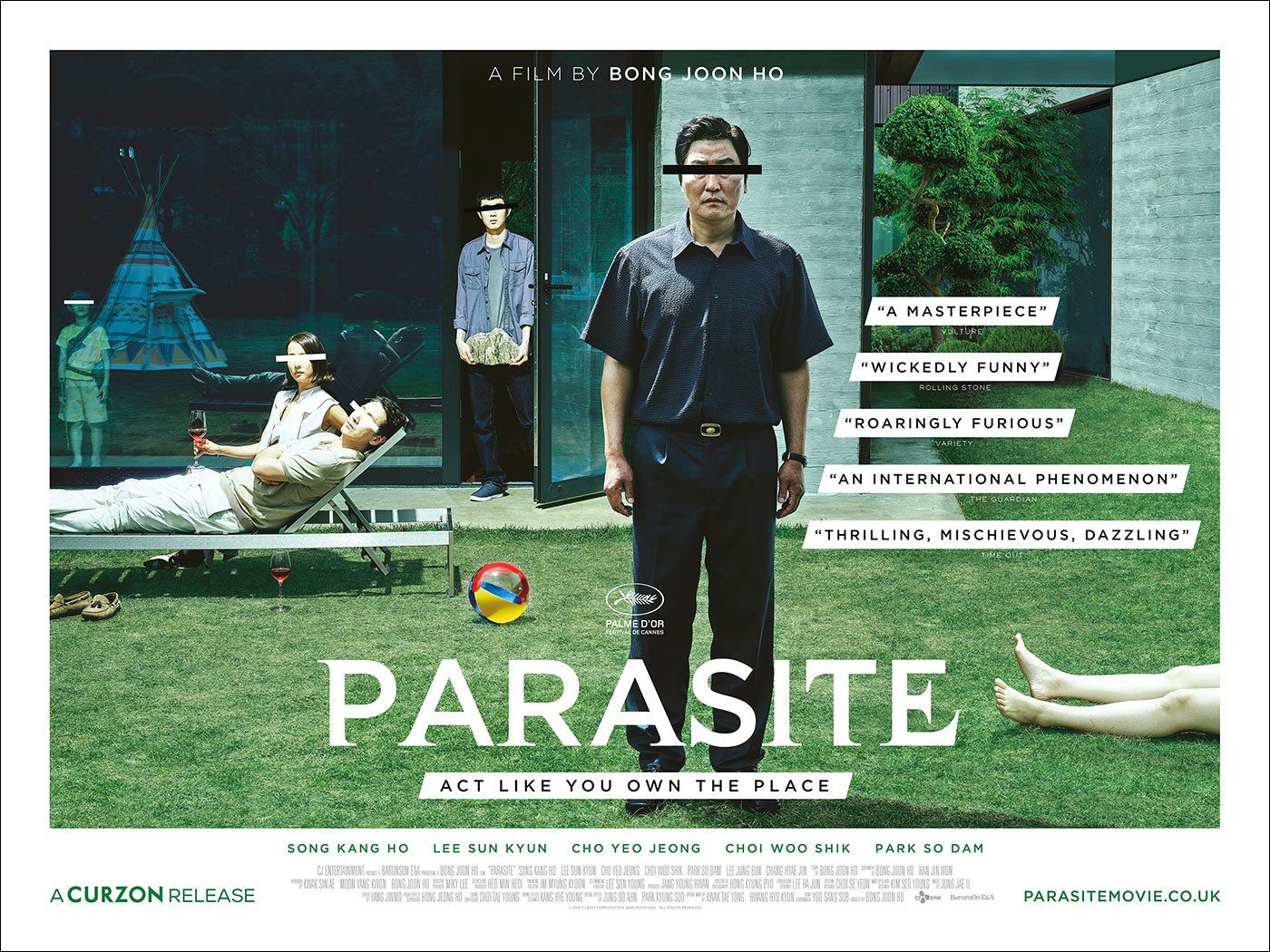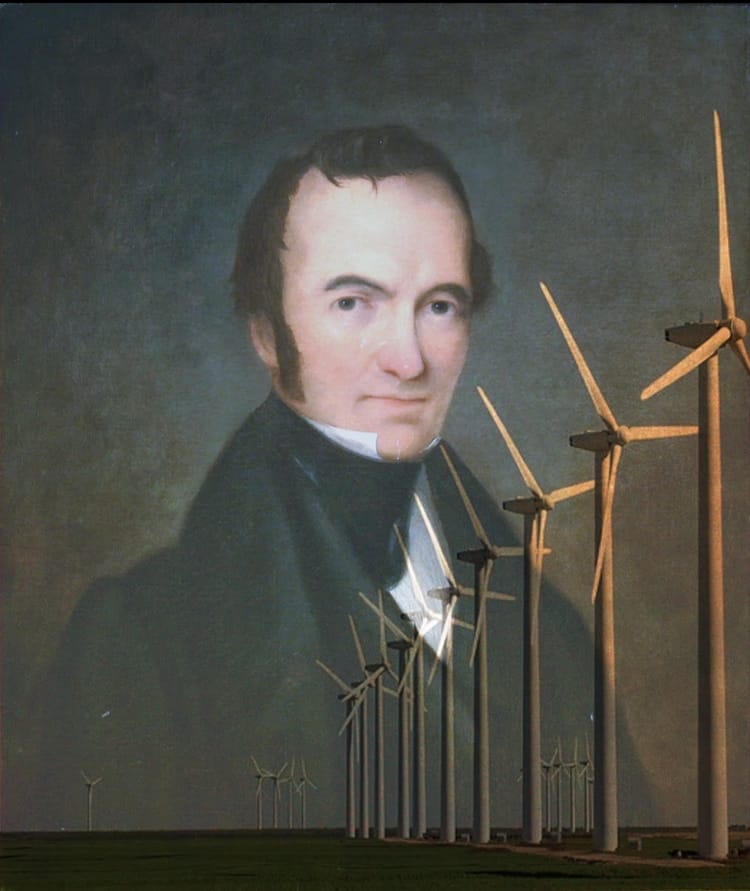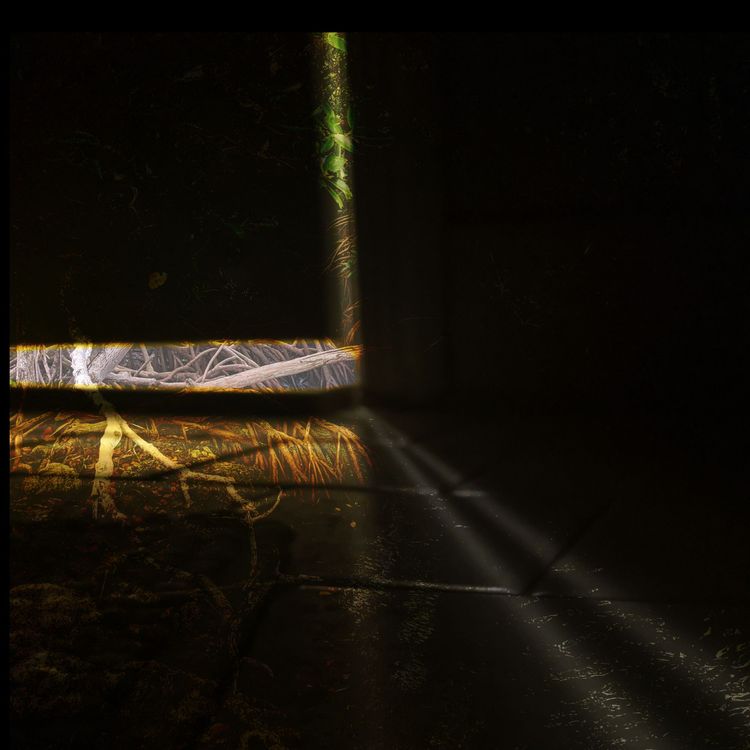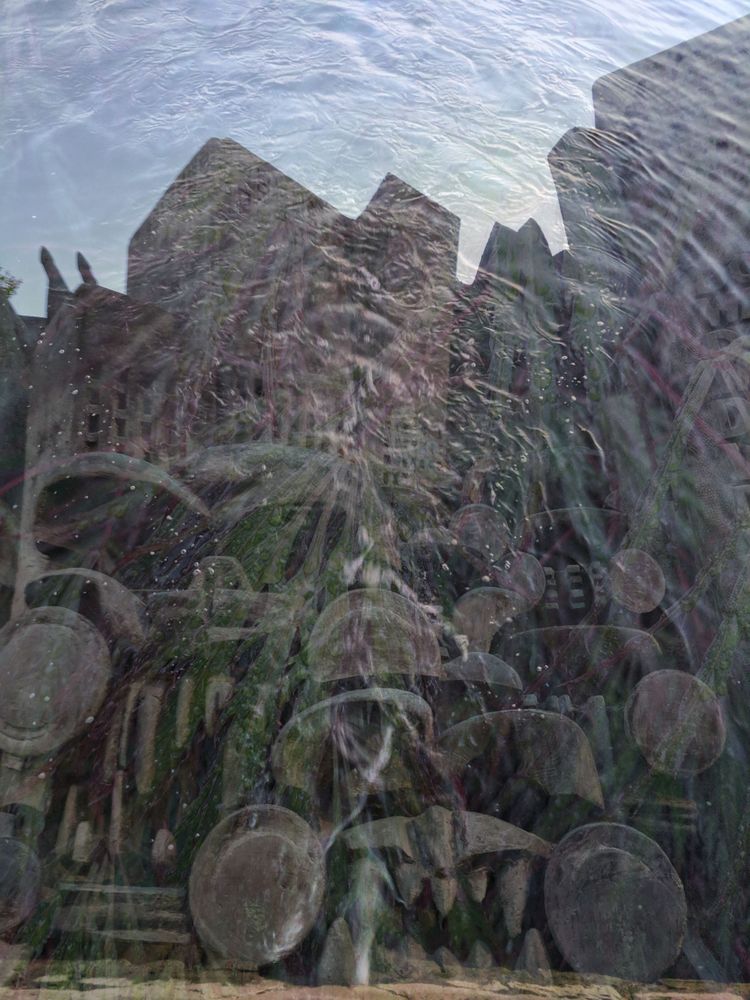A Purposeful Grimace & A Terrible Sound

It’s 2030. In a seemingly haunted house in a small sea-side town in Japan, an eerie song begins to echo over the radio waves, transmitted from a mysterious installation with a basement full of secret bones. A vanished professors’ notes—scrawled, mad, nearly indecipherable—warn of unavoidable catastrophe.
Before long, the beasts appear all over the globe. Flocks of enormous pterosaurs that feed on radon. Shrimp-faced sea-serpents. Enormous flying spiders. The origins and nature of the beasts is a mystery. All of them billow with a red dust like nothing else on earth, that seems to be reshaping the world around them. Worst of all is the thing that has hauled itself out of Tokyo’s harbor: a reptilian mountain, unimaginably vast, surrounded by red clouds, its voiced raised in a familiar foghorn howl…
The show is Netflix’s Godzilla: Singular Point, the first ongoing Godzilla anime. The weekend after its June 24th premier, locations from Siberia to the Pacific Northwest breached 110 degrees. A condominium collapsed in Miami to appalling loss of life, all by itself, no giant monster in sight. And the sun beats ever down...
Welcome to Heat Death, the newsletter that serves as the Geiger Counter to our collective unravelling.
There is a phase of radiation exposure called the walking ghost phase. When you receive a lethal dose, at first your body does not seem to notice. You may proceed through hours or days in apparently perfect health.
Yet the tipping point has been passed. Your organs, your systems, your very cells—all that you are—are melting apart at the seams. Soon enough the symptoms will start: fever, malnutrition, diarrhea, delirium, coma. And that’s it. In essence, you are already dead. Your body just hasn’t registered it yet.
The end of June, for the Brothers Elbein, has taken that dread inevitability. In Austin, which A&M scientists say stands at the threshold of a coming century of "megadrought," Asher has his a.c. cranked to a socially responsible 80° F — the better to avoid overwhelming Texas' creaky grid. In D.C., Saul finds the sun beating down through the wet, humid air, which drives back off the baking asphalt with an unpleasant energy and heft. Exercise outside now feels like the proverbial frog, lowering oneself into a pot that is — just — still bearable.
This, as one climate scientist wrote, isn't any kind of new normal. Just one moment, indistinguishable from all the rest, on a line extending all the way from whatever the past normal was, stretching out and down and away, before it vanishes over the horizon of the foreseeable future. If there is stability on the other side of that line — a new stable paradigm, a last-ditch cure for the walking ghost — we cannot yet see it from where we are.
So instead, let’s talk about what we can see, and imagine, and dread. First, Asher looks at the physical manifestation of all humanity's worst hubris — rising now from the sea to attack your city — and finds a Godzilla who is, for the first time in decades, genuinely frightening.
Then, Saul looks at the high stakes question or whether you try to outrace a climate disaster — the allegorical Godzilla — heading down upon you, and finds the answer to this question is tied up in the meaning of the hit Korean movie Parasite.
Today, in other words, blockbuster East Asian franchises butt up against a world on a one-way train to chaotic change.
It's Heat Death. Stay with us.

The Inevitability of Godzilla
Asher here. For a creature historically brought to life via stiff monster suits, Godzilla has been a remarkably flexible narrative figure. He can stand in for nuclear trauma or crimes of war. He can be the grumpy protector of humanity. In a series defined by city-flattening professional wrestling matches, Godzilla can be the face or heel with equal aplomb, able to unleash a truly atomic elbow.
What is Godzilla, though? Or, to put it another way: why, for the first time in my life, am I suddenly scared of him?
A Lonesome Beast From Beneath The Waves
Godzilla was born in the 1950s, a period worth considering for a moment on its own merits. The decade was a turning point in American culture: the point where, rather than drawing down after World War 2, what had been a wartime mobilization of manufacturing and materiel turned into a peacetime economic engine. The result was the birth of the consumer culture we’re currently drowning in. An oil boom reshaped the economic fortunes of Texas. The federal government’s creation of the Interstate highway network helped solidify the dominance of car culture. Coal flowed out of Appalachia. The existence of atomic weaponry loomed over everything like a terrible promise.
In 1951, science fiction author Ray Bradbury looked out over the dinosaur-like remains of a rollercoaster sprawled out and half-swallowed by the sand of a Los Angeles beach. The sight inspired him to write “The Beast from 20,000 Fathoms,” about a remote lighthouse visited—and destroyed—by the lonesome prehistoric monster attracted by its bellowing foghorn.
That story ends peaceably — it's less thrilling than elegiac — but in the 1953 film adaptation of the story, that prehistoric monster is awakened by nuclear testing in the Arctic, thawing out of a glacier and heading for New York with an archaic contagion in its blood, before being killed by, essentially, a radioactive bullet.
Inspired by the success of The Beast From 20,000 Fathoms in the United States, a producer at Japan’s Toho Studios hired pulp writer Shigeru Kayama to create a story treatment for a monster film of their own. Kayama was himself no slouch with stories of giant reptilian monsters, as his 1952 pulp “Jira Monster” attested. Under the stewardship of director/screenwriter Ishiro Honda, that film was released in 1954 as Gojira, a grim tale of a dinosaur awakened and empowered by nuclear testing before laying waste to Japan. (There was a lighthouse scene in Kayama’s treatment, too: Honda cut it. Gojira would go forth without any vestigial limbs from its American ancestor.)
Honda’s innovation was to build on the rather vague nuclear anxieties of Beast From 20,000 Fathoms in bleak, culturally specific and painful ways. A terrible and unexplained fire obliterates Japanese freighters (an echo of the 1954 Lucky Dragon No. 5 incident, where a Japanese tuna ship was showered in radioactive fallout from the Castle Bravo test at Bikini Atoll.) Fish stocks are contaminated or disappear. The monster’s rampages across Tokyo evoke the Allied firebombings of the war, including the final 1945 nuclear strikes on Hiroshima and Nagasaki. The film is not terribly subtle in its point that weaponry is the apex of human hubris; Gojira’s dashing hero, Dr. Serizawa, destroys the notes for his Godzilla-killing weapon and commits suicide rather than see it become a tool of future war.
Our Nuclear Terror
Of course Godzilla is a sign of nuclear terror, you might be saying: Everyone knows that.
But there’s a deeper narrative you can easily draw out: one about industrial society’s relentless and unprecedented technological intrusion into the natural world. In the mythos here, the bellow of the mechanized foghorn in Bradbury’s tale summons up something from the “deepest deeps”; while weapons testing melts glaciers in the Arctic, unleashing reptilian horror and zoonotic contagion on an unprepared world. The first victims of Godzilla’s newly-irradiated rage are cargo freighters, thousands of which churn and disrupt the marine environment on any given day, and the kaiju he eventually fights are—often as not—awoken in the course of mining, drilling, extraction. The consequences of human action on a global scale are rather like Godzilla: huge, unknowable, motiveless and not easily turned aside.
Subsequent films have generally tried to soften this. The decision to have Godzilla fight other monsters is a natural one if you’re going to make more movies, because there’s only so much mileage you can get out of unremitting bleak existential horror. But pitting Godzilla against other monsters also grants him a clear motivation, which makes him an entirely different character. It turns his attentions away from us and onto other entities. Whether he's killing dragons or scrapping with extraterrestrials, he destroys our cities because they’re in the way, not because they exist.
This neatly subverts the original message of Honda’s film, and is incidentally the fascinating thing about Godzilla’s American appearances: creators here have never quite known how to handle the critique implicit in the premise. The correctly-maligned Roland Emmerich blockbuster Godzilla (1998) puts the blame for its monster on French nuclear testing. An animated spinoff positions the monster as an explicit—if uneasy—ally of its human characters. And I could write a whole essay on the sequence in Godzilla: King of the Monsters (2019) when Godzilla charges into battle through a flooded Boston, flanked by US fighter jets, on his way to beat the shit out of a planet-killing dragon. Yes, yes, Godzilla is a nuclear terror, but when all’s said and done, he’s our nuclear terror, isn’t he?
Godzilla Guards the Threshold to Hell
But, of course, he’s not. The appearance of kaiju—even in films basically aimed at children—always marks the passage of a threshold into a stranger, more terrible world. In the underrated 2014 Godzilla, the monster comes ashore wreathed in fog and storm surge, a hurricane given flesh, the floods of his passage carrying people away without his noticing.
And this is Godzilla in one of his friendlier incarnations. In Shin Godzilla(2016) and Godzilla: Singular Point, the monster is in a state of continual metamorphosis, growing in size and power, yet somehow directionless and mindless, without even the animal instinct to feed. The beam of atomic fire vomits out like an industrial accident; the mauling of Tokyo becomes instead a slow-rolling disaster of infrastructure and mass death.
And as it does, society basically continues on as before. It's hard to imagine what else to do. People on-screen watch the destruction of Tokyo or San Francisco on the televisions, through screens, mediated, as a thing happening somewhere else. Just like you are. But it’s happening here. It’s happening now.
Can a whole society be in a walking ghost phase? On Tuesday I walked from my car and read this conversational, funny, and devastating essay by writer Sarah Miller, where she describes a conversation with an editor:
“I didn’t have anything to say about climate change anymore, other than that I was not doing well, that I was miserable....Fire season was not only already here, I said, but it was going to go on for at least four more months, and I didn’t know what I was going to do with myself. I didn’t know how I would stand the anxiety.
I told her I felt like all I did every day was try to act normal while watching the world end, watching the lake recede from the shore, and the river film over, under the sun, an enormous and steady weight. There’s only one thing I have to say about climate change...and that’s that I want it to rain a lot, but it’s not going to rain a lot, and since that’s the only thing I have to say and it’s not going to happen, I don’t have anything to say.
...What kind of awareness quotient are we looking for? What more about climate change does anyone need to know? What else is there to say?
I read that, and then I sat on my bed and watched the last episodes of Godzilla: Singular Point, and looked on my phone to see that Russia and British Columbia hit triple digit temperatures. That more bodies have been found in the rubble of a Miami condo that collapsed because the board never got around to allocating the money to fix it. Because the building was thrown up as part of a construction boom fueled by the endless need for growth codified in, of course, the 1950s. Gojira, Gojira, Gojira.
By the time you see Godzilla, the bomb has already dropped. By the time you see Godzilla, the bill has already come due. By the time you see Godzilla, there are highways and pipelines sprawling over the land, and the oil fields have been flowing for decades. The seconds before you see Godzilla, you still feel fine. You feel normal. You feel alive, not like a walking ghost at all. And then you see that rough beast on shore, and the weight of decades crashes into you like the first spatter of blood against the inside of your lips, and the sun beats down. And you are still walking around. But it’s too late, too late, too late.

The Plumbing Connects The Parasites
Saul here. A couple weeks ago, I lay on my back in bed on the top floor of the DC Soviet, watching lightning flicker across the backs of my eyelids.
We had our hatches battened down. There were flash flood warnings hitting our phones. Public service notices: Don’t go out. On the top of our hill, on the second floor, we lay back in the frisson of fake-fear as the thunder cracked and the cats hid under the bed.
But then, we were inside — this time. Two weeks before, just before Memorial Day, we had stood in our entry hall while drops the size of shot glasses pelted down out of a black-gray sky, watching on our cell phones as the storm surged angrily northeast along the Eastern Seaboard. We had planned, that evening, to go to Atlanta, and now we had a choice: wait it out, delay — or go for it. After all the storm looked bad, but it also seemed to be moving east across the city, perpendicular to where we needed to go. If we raced south, couldn’t we miss it while it passed harmlessly north?
We could and we did. But it was scary: Down along Rock Creek Parkway, where the highway goes down low and scenic along the creek and then the Potomac, water was backing up across the highway. The rain slashed visibility and interfered with our brakes. And all around us, other drivers were powering through like it was 75 and sunny, hydroplaning through curves.
As Anush and I white-knuckled it down the Parkway that night, I knew that my dad would have told me to stay put, and to wait the storm out. I knew, equally, that this was why I had left so quickly: to avoid being inconvenienced by the sensible advice of an imagined relative.
Stay. Go. Live. Die.
As the cars zoomed around us beside the swollen creek, I couldn’t help but remember a haunting story from Portugal’s brutal 2017 fire season. In that tragic episode, 66 people fled a forest fire in the highlands only to get trapped and burned alive inside their cars as that fire metastasized into a whole landscape of flame.
In the smoke, heat, and general confusion of what would become known as the Highway of Death, where survivors reported hurricane-force winds flinging flaming tree trunks, people sped and swerved and hit trees and each other — and quickly the road was closed, and the fires closed in.
The greatest tragedy of those fires, though — it struck me, as we crossed the bridge into Arlington, Va. — was that so many of the people who died in them didn’t need to leave. When I was in Portugal in 2019 reporting on the aftermath of those fires, I met a lawyer whose ex-husband, son, new wife, and parents had all died on that highway — after fleeing from a house that passed through the blaze unaffected.
Some of those people, no doubt, were terrified: weekenders up from Lisbon who, ironically, judged the danger of fire correctly but the resulting course of action deadly wrong. But I wonder now how many were city people simply unwilling to deal with the inconvenience of being cut off in the back-country — people whose plans didn’t involve waiting out wildfire in Pedrógão Grande.
That’s the promise, after all, of the interstate highway system, in Portugal and here in the United States: You can go anywhere quickly, and safely, entering a realm out of time while you pass across space, being served identical unspoiling food at identical ever-open establishments until, at least, you leave hyperspace in Detroit or Duluth or Dallas and re-enter the real world.
The roadway gas station and convenience store thus represents in its way the utter triumph of American capitalism over geography itself: past travelers across the continent dodged enemy raiders, swollen rivers, the whole Oregon Trail set; you can eat 7-11 taquitos and drink Red Bull from Tacoma to Tampa any season of the year and hardly even notice you’re moving.
All that fades now, though. That certainty in the dream promised by “infrastructure,” the world where you can go anywhere, anytime, slips away like the banks of Rock Creek, where the slide of soil leaves the trees bent and cantilevered, to fall in heavy storms.
The Quantum Storm
Storms are quantum events. Until they hit you and pass over, you can never truly say whether it was better to run or to shelter in place; when they hit, they’re the same storm for different people.
In the 2019 movie Parasite, a thunderstorm is the triggering event for the bloodbath that marks the movie’s crescendo. Perhaps you remember how it builds: the working-class, scammy but sympathetic Kims have insinuated themselves into the home of the wealthy though otherwise unimpressive Parks. Now, with the whole family employed — respectability and steady paychecks finally in their grasp — the Kims go wild. Storm clouds gather; the Parks nonetheless head off on a camping trip. (Mr. Park is important; he has presumably Made Plans.)
Back in the family home, the Kims drink the Park family’s liquor and lounge in their pajamas and fantasize about how it would be if it were their house, and for just a second there — as you see the relentless worry fall from everyone’s faces — you can’t see any particular reason they couldn’t ride the Park’s coattails on up into the middle class.
Alas, it’s not to be. The Parks are giving up on camping; they’re coming home … now. And after some hijinks and a sex scene of surpassing awkwardness (try watching it with your in-laws), the Kims successfully flee the house, and make their escape back down the hill to their basement apartment.
Except there is no escape. Because the storm — like so many storms, these days — has overtopped the sewers and backed up. And the thing about most towns is that the high ground, the areas that are easily drained — those go to rich people. If you’re in a zone where effluvia leaves more readily than it enters — well, that costs money.
The Kims struggle to bail out their apartment. The daughter, who goes by “Jessica,” sits in a bathroom flooding with septic brown water and smokes a laconic cigarette. As the water rises, you realize that it hasn’t been an accident that they’ve walked uphill every day to their jobs at the Kims. That uphill makes all the difference; it is a mark of where water flows from and where it flows too. The hydraulic footprint of the city is a mark of the grooves worn in the city; it’s sewer map is the sump of fate, and there are more people down among the rising waters than ever before.
And they just aren’t down with it.
After the storm in Parasite, the morning dawns fresh and clear. Bright sunlight beaming down through clean cool air blasted free of contaminants by the violence of the rain that wrecked the Kim family’s lives.
Up where the Park’s live, though, it’s a beautiful day — the cool air great for a garden party. And so they call their employees, the Kims, on short notice to come attend.
And the Kims, to everyone’s great regret, wring out their clothes and come.
“Parasite!” is the sign of a broken bond
To lay in bed in delicious comfort while a storm lashes your house — to know that the comfort is only delicious because you’re not trapped out in it, trying to get to safety — is maybe the surest measure of prosperity I can think of.
It’s the storm as the appealing backdrop, not life threatening. The exciting story, the ñicturesque adventure, not the stupid, horrifying water death that may just claim you as you go about your business. Even if you do everything right.
After Parasite came out, there was a lot of speculation of who the Parasite of the title was. The rich family Park, who hasn’t done anything obvious to deserve their wealth? The poor family Kim, who have done even less? The mysterious vagrant hiding in the walls? Everyone, really, when you get right down to it?
Where I’ve landed, in the end, is to say that Parasite as a title is about the use of parasite as an accusation: “You parasite!” It is the pointed finger offered by rich to poor, and poor to rich.
“Parasite!” is the universal battle cry of a society that is breaking up. It is offered by the people down the hill, to whom it is not clear why they ought to be downhill, especially as the water is rising. And it is offered also by the people uphill: the ones who can safely ignore the rising water — who counsel patience, and see impatience as, well, imprudence. Ingratitude. A threat.
And it can be offered of course to the city of Seoul itself, that is, like all cities, parasitic upon the landscape. An energetic drain. And onto this alienated city, in which everyone’s finger is pointed at their fellow, in which everyone is a disrespected workhorse carrying more of society’s load than they get back in return — onto this city the quantum storm comes.
And when it does, it will run down black and raging across all the cracks and grooves of their history, its path contested but its ending, as it sinks lower and lower, never really in doubt.
History shows, again and again, how nature points out the folly of men. This has been Heat Death. Drive carefully.





Member discussion